Home>Ideas and Tips>Tips For Planting A Garden That Blooms Year-Round


Ideas and Tips
Tips For Planting A Garden That Blooms Year-Round
Published: November 1, 2024
Discover essential tips for planting a garden that blooms year-round. Learn about plant selection, companion planting, and maintenance for vibrant blooms all seasons.
(Many of the links in this article redirect to a specific reviewed product. Your purchase of these products through affiliate links helps to generate commission for Storables.com, at no extra cost. Learn more)
Creating a garden that blooms year-round is a dream for many gardeners. It requires careful planning, the right selection of plants, and ongoing maintenance. However, with the right approach, you can enjoy vibrant flowers and lush greenery throughout the seasons. In this article, we will explore the essential tips and strategies for planting a garden that blooms year-round.
Choose the Right Location
Before you start planting, it's crucial to choose the right location for your garden. The location should receive adequate sunlight and have good drainage. Most flowers and plants require at least six hours of direct sunlight per day, but some may need more or less depending on the type of plant.
Understanding Sunlight Needs
- Full Sun: Plants that require full sun need at least six hours of direct sunlight per day. These include roses, sunflowers, and zinnias.
- Partial Shade: Plants that require partial shade need between two and six hours of direct sunlight per day. These include impatiens, coleus, and begonias.
- Full Shade: Plants that require full shade need less than two hours of direct sunlight per day. These include ferns, hostas, and ivy.
Ensuring Good Drainage
Good drainage is essential for healthy plant growth. If your garden is prone to waterlogging, consider raising the bed by adding a layer of gravel or sand at the bottom. This will help excess water drain away from the roots of your plants.
Select Plants That Bloom Year-Round
To create a garden that blooms year-round, you need to select plants that have different blooming periods. This ensures that there is always something in bloom regardless of the season.
Spring Blooms
Spring is a great time to plant bulbs like tulips, daffodils, and hyacinths. These flowers bloom in early spring and provide vibrant colors to your garden.
Summer Blooms
Summer is the perfect time for annuals like marigolds, petunias, and zinnias. These flowers come in a variety of colors and can be easily replaced at the end of the season.
Fall Blooms
Fall is an excellent time for planting asters, chrysanthemums, and sedum. These flowers bloom in late summer and early fall, providing a beautiful display of colors before winter sets in.
Winter Blooms
Winter may seem like an off-season for gardening, but there are still plenty of options available. Consider planting winter-flowering heathers, cyclamen, or pansies which provide a burst of color during this time.
Use Companion Planting
Companion planting is the practice of growing different plants together to improve their growth and health. This technique can also help extend the blooming period of your garden by attracting beneficial insects and improving soil quality.
Read more: Creating A Year-Round Container Garden
Examples of Companion Plants
- Marigolds and Tomatoes: Marigolds repel nematodes that can harm tomatoes while also attracting beneficial insects.
- Basil and Tomatoes: Basil repels pests that target tomatoes and adds flavor to dishes.
- Nasturtiums and Cucumbers: Nasturtiums repel aphids and whiteflies that target cucumbers.
Incorporate Perennials
Perennials are plants that come back year after year and require less maintenance than annuals. Incorporating perennials into your garden ensures that there will always be something blooming regardless of the season.
Examples of Perennials
- Daylilies: These flowers come in a variety of colors and bloom from mid-summer to early fall.
- Peonies: These flowers bloom in late spring and provide large, showy blooms.
- Coneflowers: These flowers attract butterflies and bees while blooming from mid-summer to early fall.
Add Edibles
Edible plants can add both beauty and functionality to your garden. Incorporating edibles like herbs or vegetables not only provides fresh produce but also attracts beneficial insects which can help pollinate other plants in your garden.
Examples of Edibles
- Herbs: Basil, rosemary, thyme, and mint are all easy-to-grow herbs that can be used in cooking.
- Vegetables: Tomatoes, cucumbers, carrots, and lettuce are all popular vegetables that can be grown in a variety of conditions.
Use Mulch
Mulch helps retain moisture in the soil while also suppressing weeds which can compete with your plants for water and nutrients. It also adds an aesthetic touch by creating a uniform layer around your plants.
Types of Mulch
- Organic Mulch: Wood chips or bark mulch is biodegradable and can improve soil quality over time.
- Inorganic Mulch: Plastic sheeting or gravel mulch is non-biodegradable but provides better weed suppression than organic mulch.
Maintain Your Garden Regularly
Regular maintenance is crucial for keeping your garden healthy and blooming year-round. This includes tasks such as watering, pruning, fertilizing, and pest control.
Read more: Setting Up A Year-Round Indoor Herb Garden
Watering Tips
- Water Deeply: Watering deeply once or twice a week is better than shallow watering every day.
- Avoid Overwatering: Overwatering can lead to root rot which can kill your plants.
Pruning Tips
- Prune Regularly: Pruning helps control the size of your plants while promoting healthy growth.
- Remove Dead Flowers: Removing dead flowers encourages your plants to produce more blooms.
Fertilizing Tips
- Use Balanced Fertilizers: Balanced fertilizers contain equal amounts of nitrogen (N), phosphorus (P), and potassium (K).
- Avoid Overfertilizing: Overfertilizing can damage your plants by burning their roots.
Pest Control Tips
- Use Natural Methods First: Natural methods like introducing beneficial insects or using neem oil should be tried before resorting to chemical pesticides.
- Monitor Your Plants Regularly: Regular monitoring helps catch pest problems early before they become severe.
Incorporate Seasonal Decorations
Seasonal decorations can enhance the beauty of your garden while also providing additional benefits like attracting beneficial insects or improving soil quality.
Examples of Seasonal Decorations
- Fall Decorations: Adding fall decorations like pumpkins or gourds can attract beneficial insects while adding color to your garden.
- Winter Decorations: Using winter decorations like evergreen branches or holly can provide shelter for birds during harsh weather conditions.
Creating a garden that blooms year-round requires careful planning and ongoing maintenance. By selecting plants with different blooming periods, using companion planting techniques, incorporating perennials and edibles, using mulch regularly, maintaining your garden properly through watering, pruning, fertilizing, and pest control measures, you can enjoy vibrant flowers and lush greenery throughout all seasons. Additionally incorporating seasonal decorations can further enhance the beauty of your garden while providing additional benefits like attracting beneficial insects or improving soil quality. With these tips in mind you'll be well on your way towards creating a stunning garden that blooms year-round
Was this page helpful?
At Storables.com, we guarantee accurate and reliable information. Our content, validated by Expert Board Contributors, is crafted following stringent Editorial Policies. We're committed to providing you with well-researched, expert-backed insights for all your informational needs.
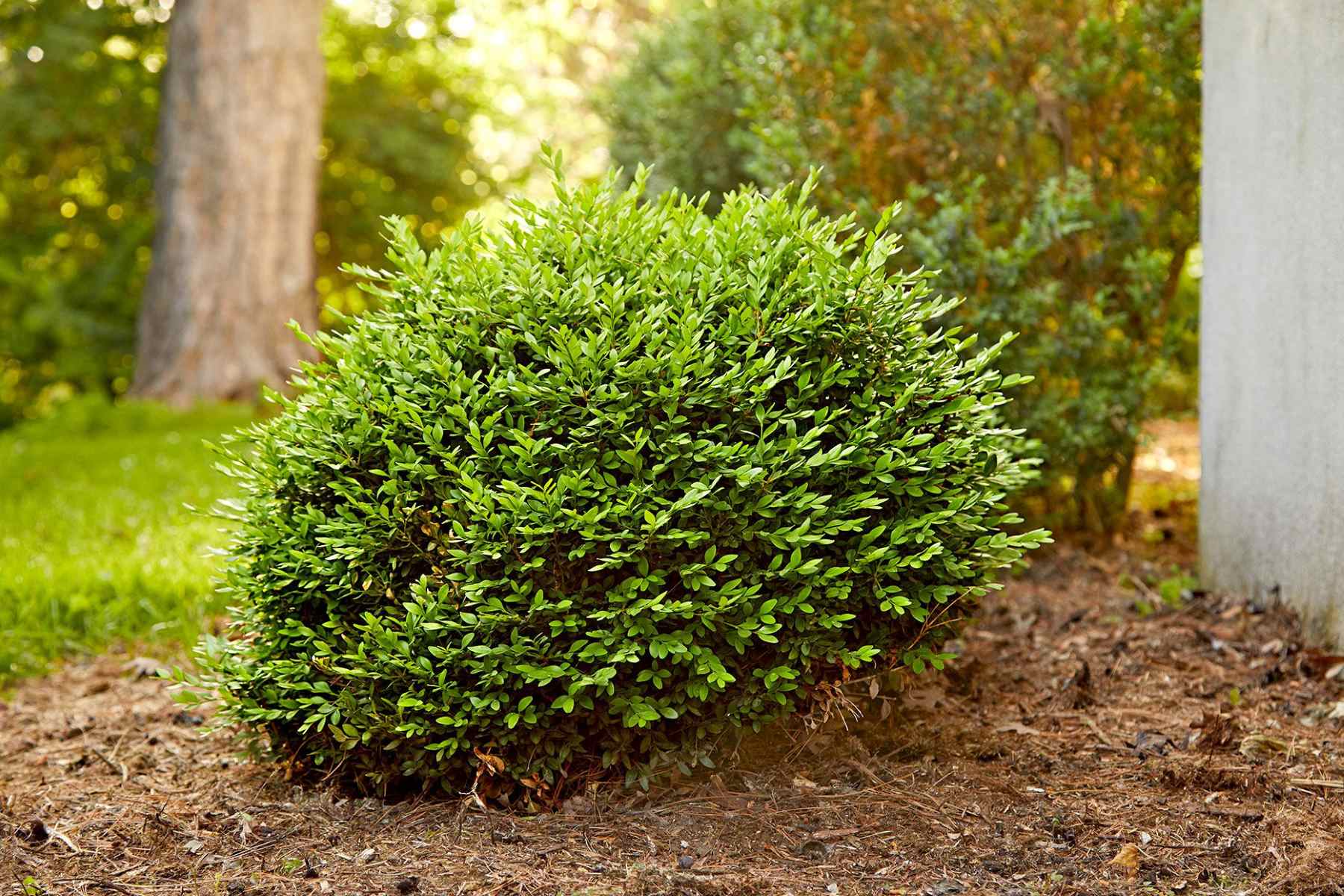
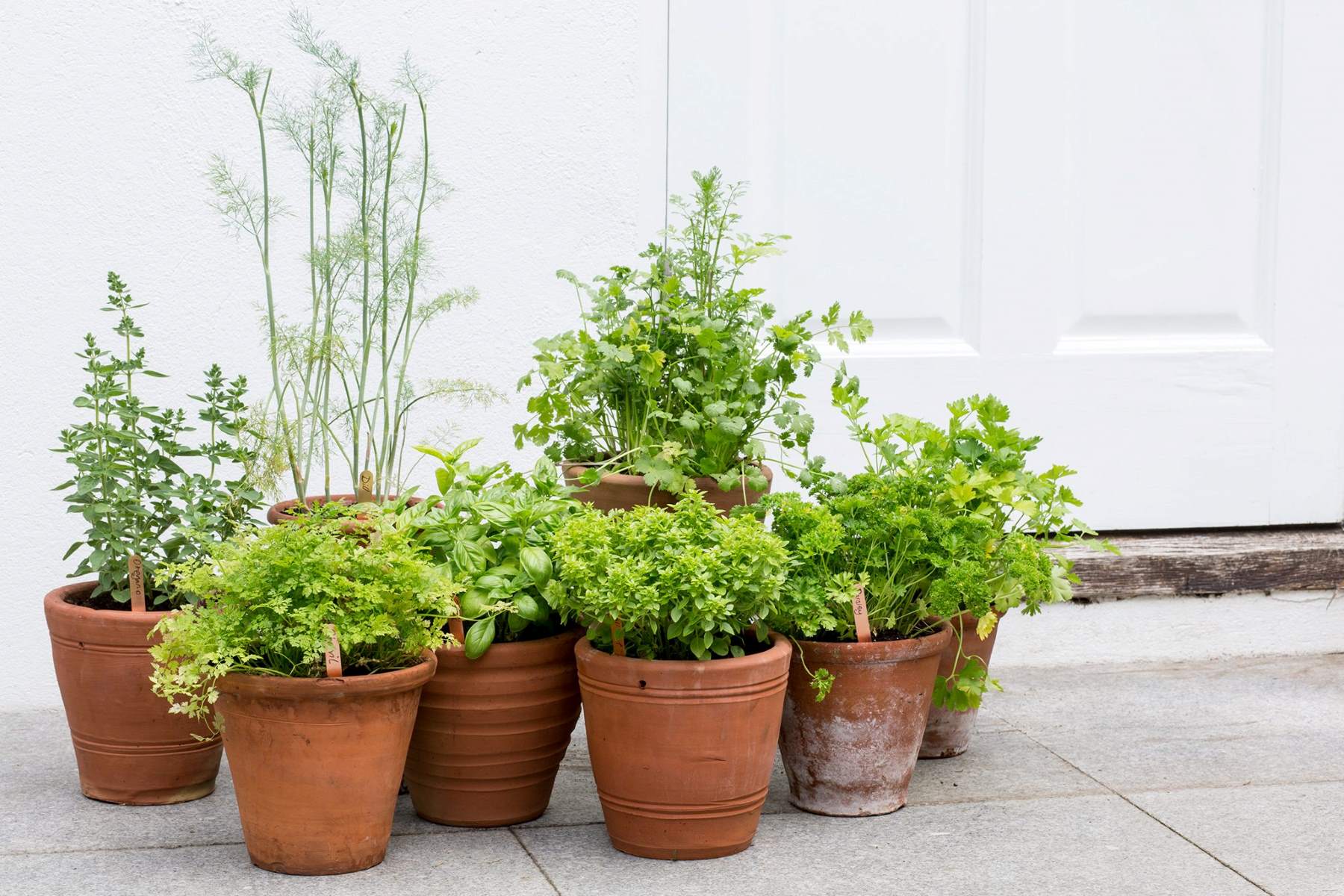
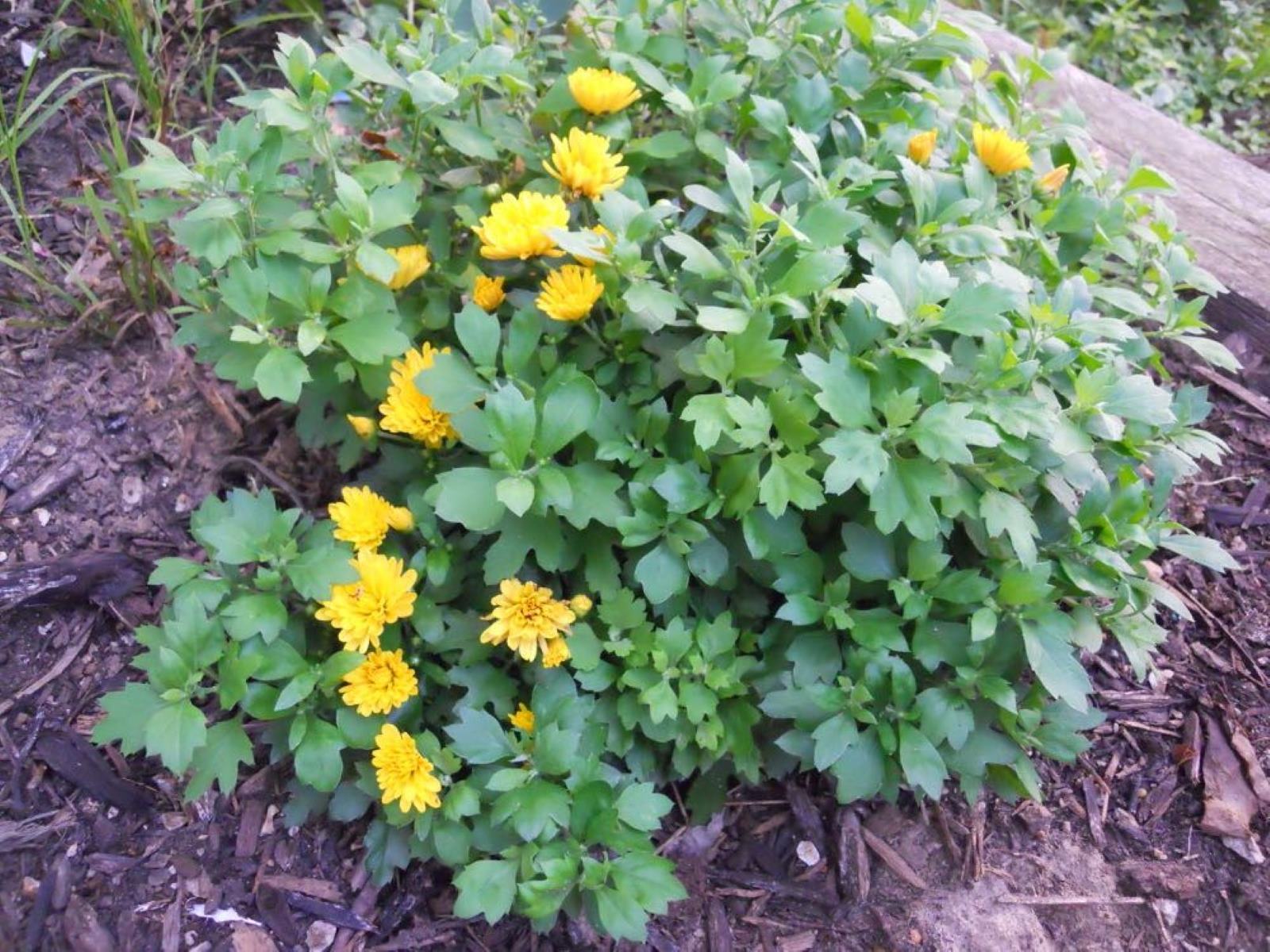
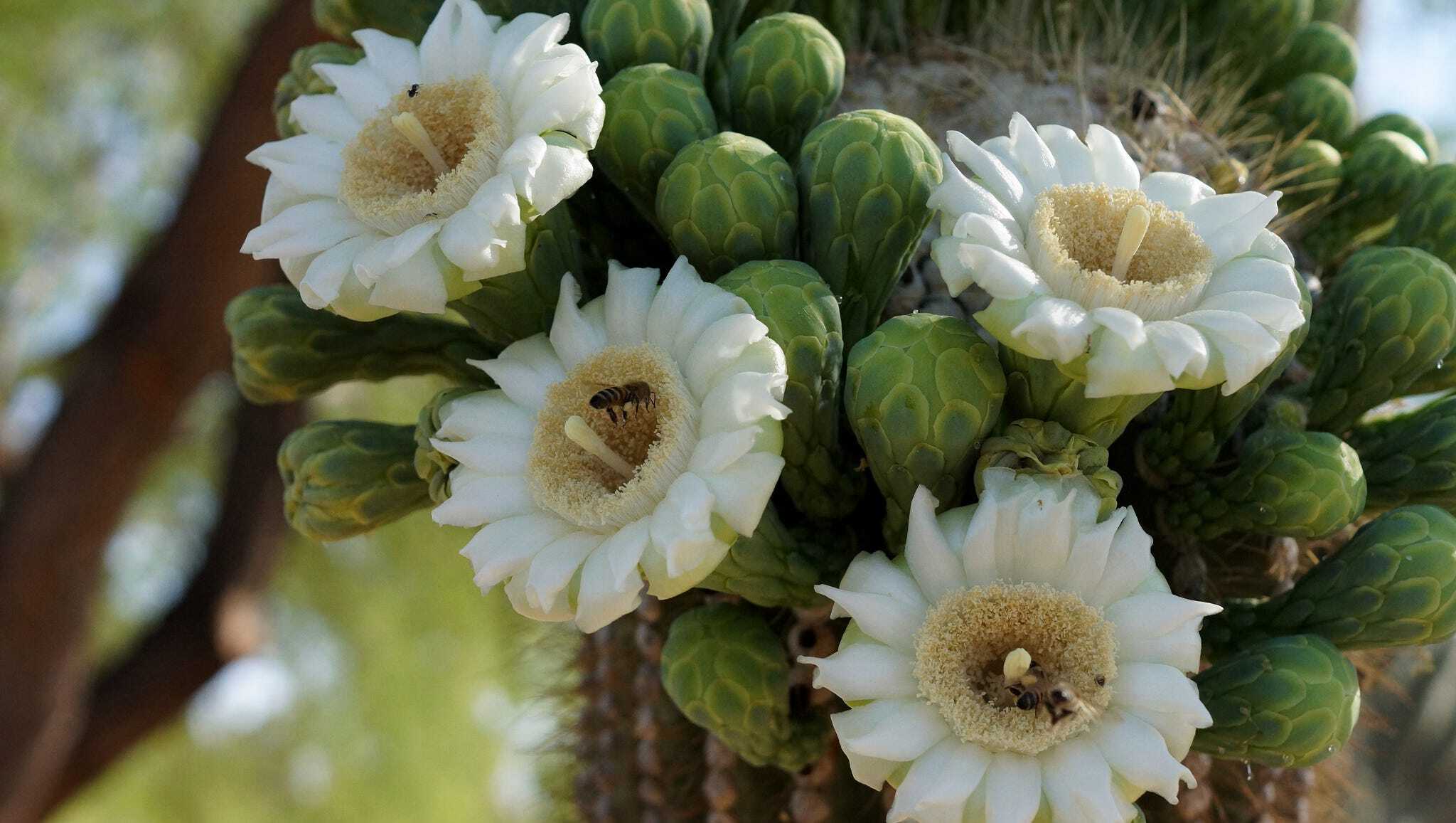
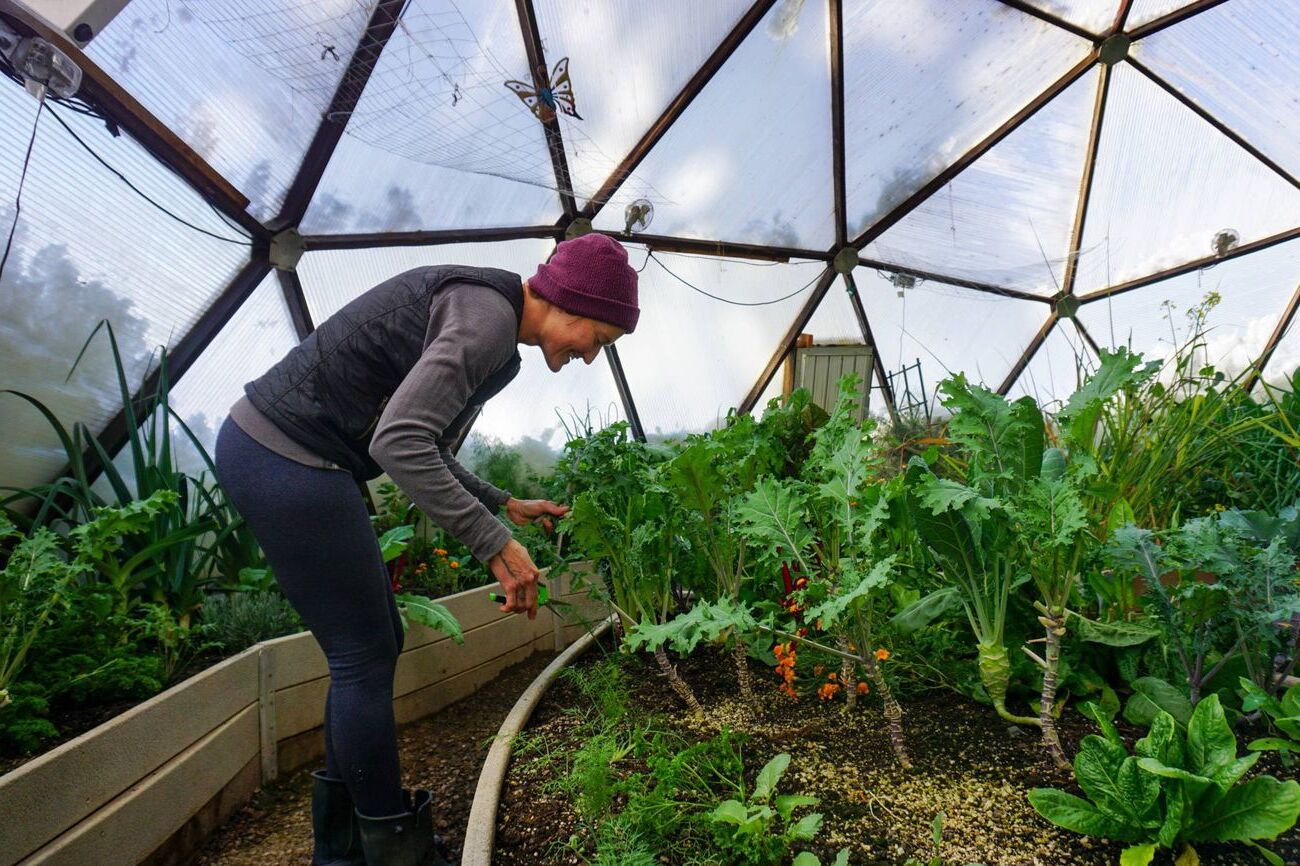
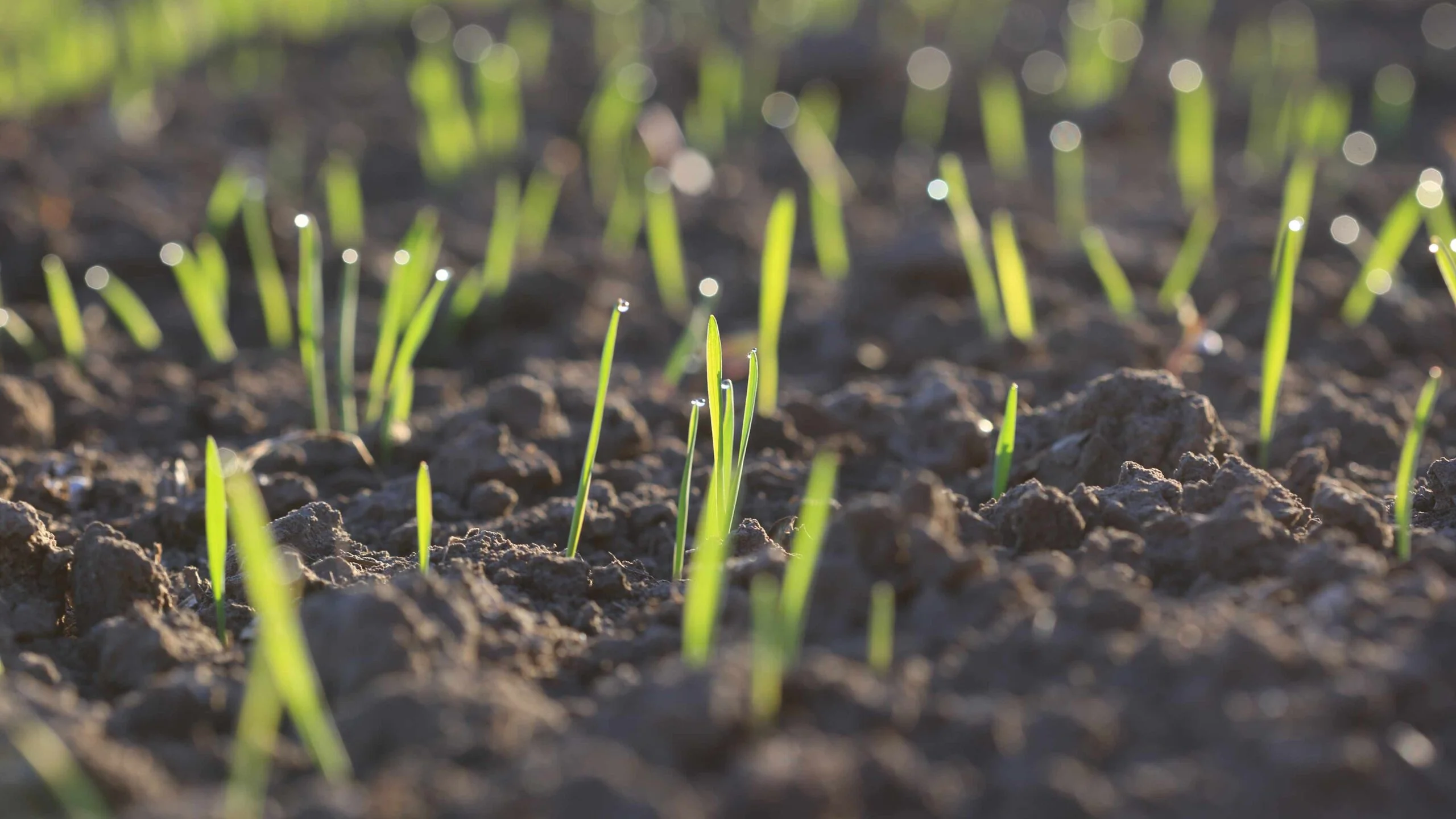
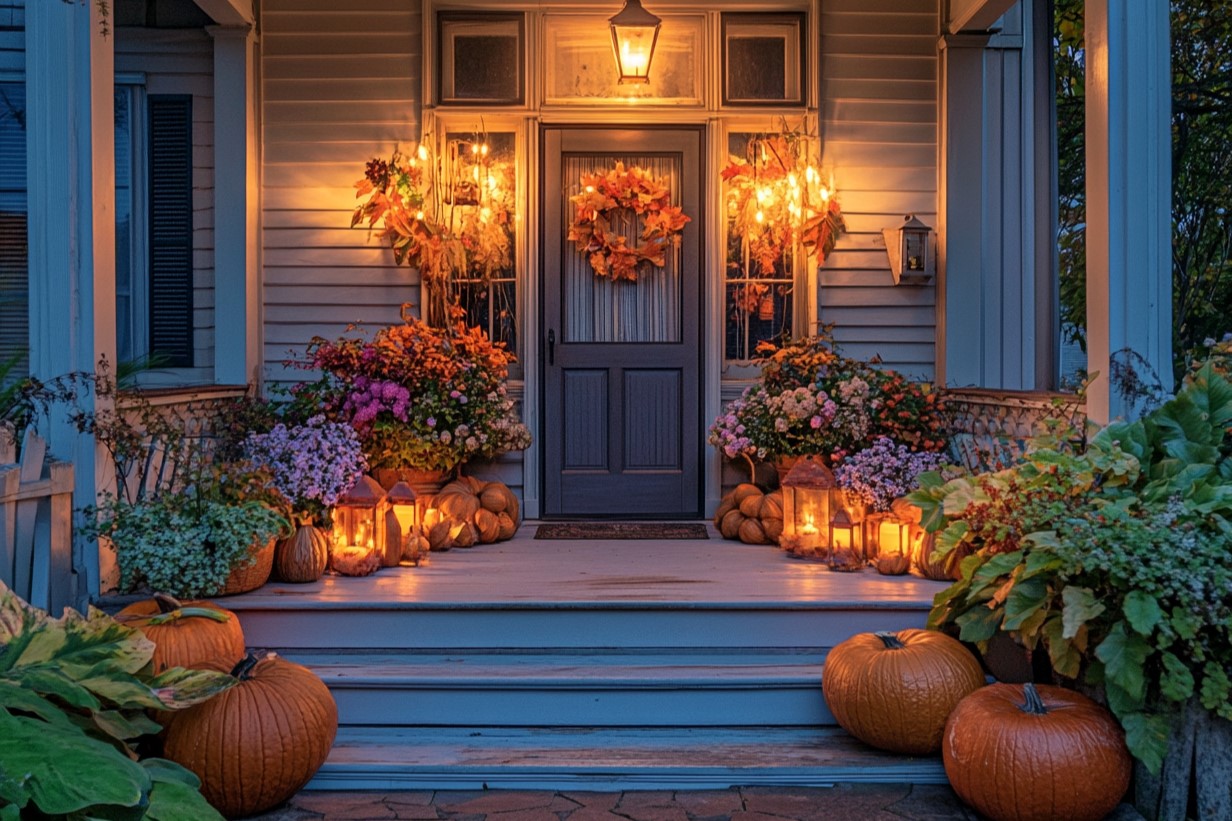
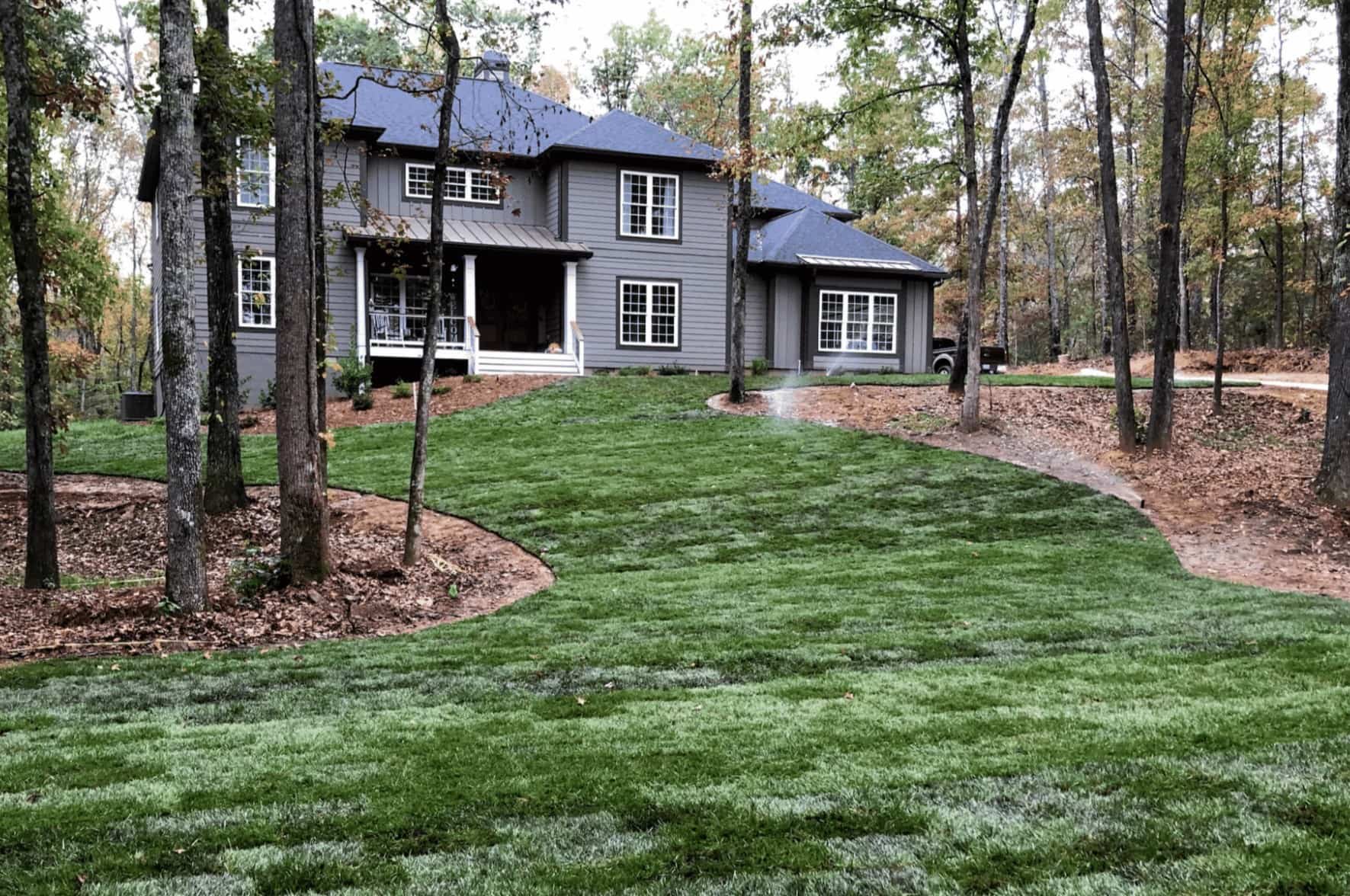
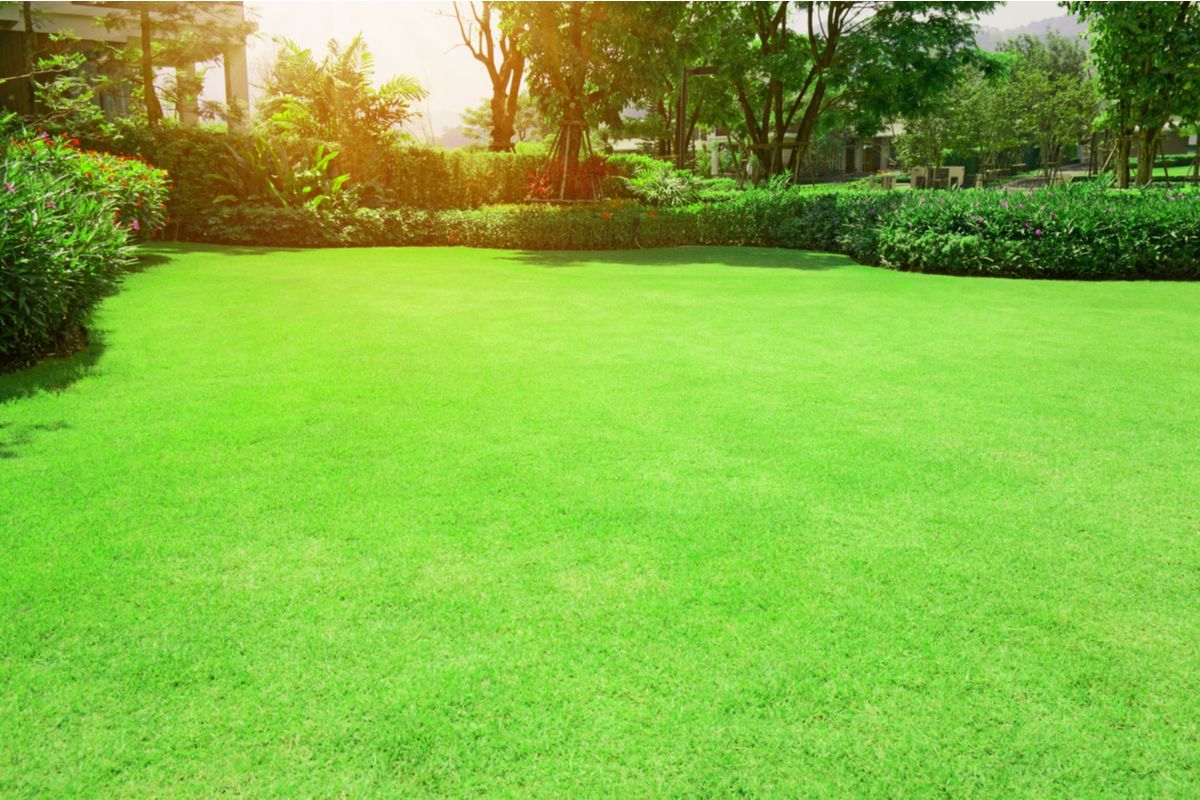
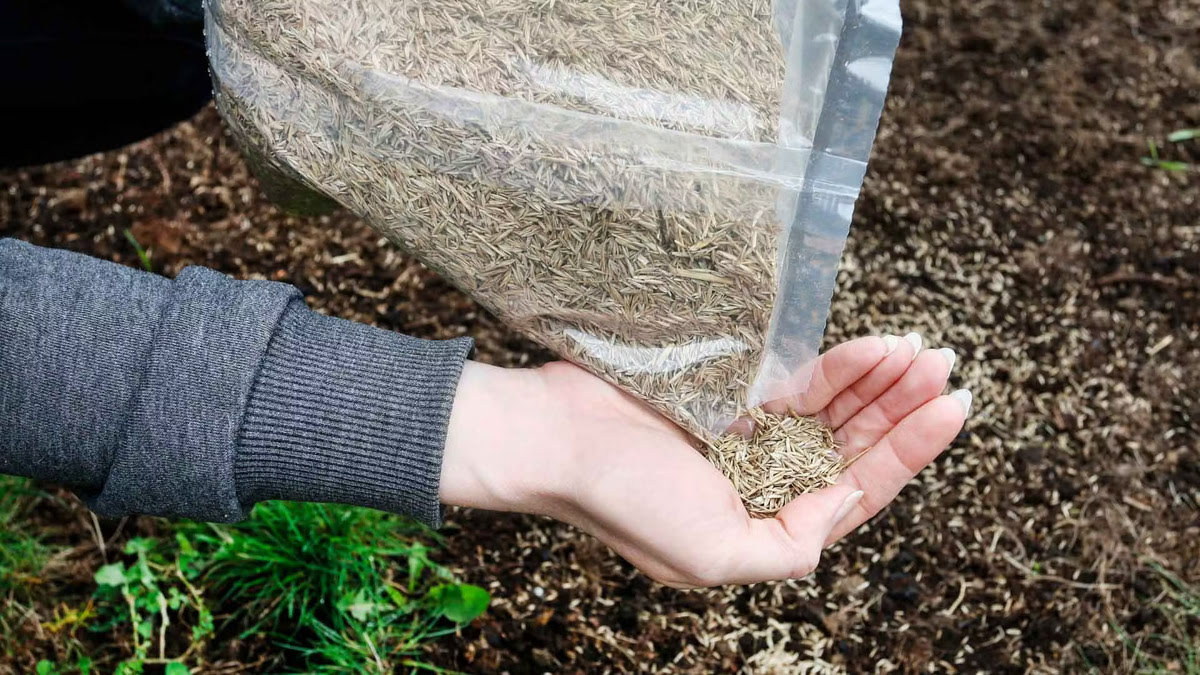

0 thoughts on “Tips For Planting A Garden That Blooms Year-Round”